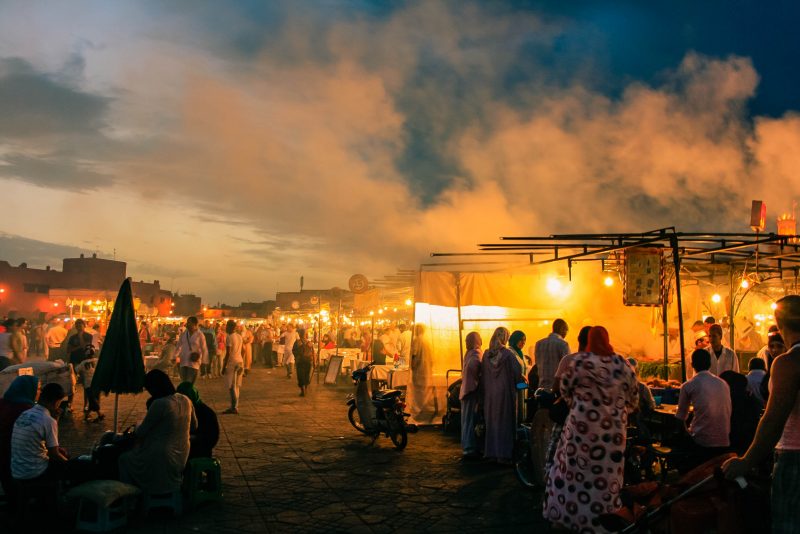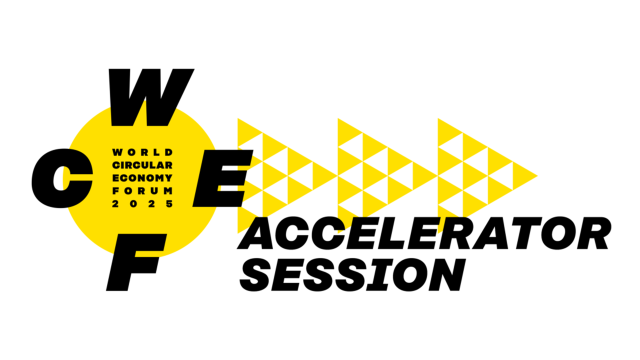
This year’s World Economic Forum in Davos has Resilient Dynamism as its watchword. The focus will be on growth that can withstand shocks and sustain, among other things, “affordable supplies of critical natural resources.” Five years of volatile food, mineral, and energy prices have added to the sense of urgency among business leaders and politicians to build more resilient economies.
But how will they measure resilience? This year the Forum’s own Global Competitiveness Report proposes to factor in social and environmental measures and come up with figures of “sustainable competitiveness”.
Keeping it formal
The report says one indicator of vulnerability is a big informal economy and that integrating the workforce into official structures makes an economy better able to withstand shocks. So the authors demote countries with large informal economies, such as Mexico or Turkey, in their league table.
But before the leaders meeting at Davos accept that formality = resilience and that informality = vulnerability, they should reflect on how informal economies ensure those “sustainable and affordable supplies of critical natural resources”.
Informal can be responsive, resilient and effective
In most developing and emerging economies, informal markets dominate, show considerable resilience—and are continuing to grow. Entrepreneurial attitudes are often most dynamic here, outpacing the formal sector when responding to new opportunities. Journalist and author Robert Neuwirth observes that the informal economy has evolved into the “economy of aspiration”.
Informal trade’s resilience has much to do with its benefits — for both producers and consumers. For example, research led by the International Livestock Research Institute found that on average 93% of milk produced and sold in eastern African countries came from small-scale producers. And where crop and livestock agriculture is managing to feed rapidly growing urban populations it is usually down to networks of informal trade, not large scale agribusiness.
So why is informal considered vulnerable? Actually, we know very little about formal and informal markets’ comparative resilience to economic, political and environmental shocks. But we can certainly question whether formal markets and value chains — as espoused by so many development agencies — can provide the “resilient dynamism” that Davos leaders seek.
Value from the middlemen
Modern value chains often take out the ‘middleman’, and that can reduce resilience. By paying in cash, accepting small volumes, and being close to producers and consumers, those much-reviled traders provide essential services and take a lot of volatility out of markets.
The informal mining and mineral sector tells a similar but more complex story. Most of the 20–30 million artisanal and small scale miners in the world operate informally and are viewed as a problem rather than a source of resilience. But artisanal and small-scale mining both drives and responds to vulnerability. Over 20% of the world’s gold is mined artisanally by poor and marginalised people, attracted because there are few barriers to starting up such mining, and because gold can be traded for food and shelter. Working conditions are dangerous and exploitation exposes miners to extreme risks, yet even here middlemen can provide social protection that the government can’t — or won’t — provide. Many initiatives have tried but failed to formalise artisanal and small-scale mining, usually because they failed to understand how the sector works for artisanal miners themselves.
Informal markets need formal recognition
Rather than declaring war on informality, governments should, where feasible, be working with it. Yes, it may need some formalisation to be safer, more efficient, and better governed. But governments and local authorities can help modernisation without regulating informal producers out of their markets.
A first step would be recognising informal sectors in legislation. Those in informal markets can associate, to defend their rights, build legitimacy and change others’ perceptions of them: from subversive criminals to entrepreneurs who provide employment and (unlike many in the middle classes) reinvest in their country. There are many opportunities for helping informal producers: through capacity building and technical support, as done in the Kenyan dairy sector, and as set out in a new agreement on mercury that includes artisanal mining.
Whether smallholder farmers, artisanal miners, small traders or small and medium-sized enterprise processors, the informal sector is a huge part of the story behind economic resilience and dynamism in many developing and emerging economies. There is much that global businesses can do to play their part in inclusive and green development. But much of the dynamism and resilience that world leaders in Davos are seeking is going to be found in informal and semi-formal trade, not just partnerships with multinational corporations.
Bill Vorley, Principal Researcher, IIED


